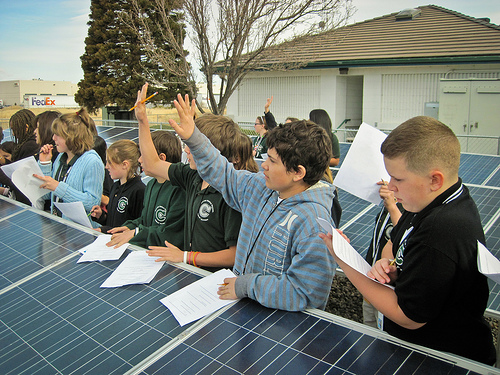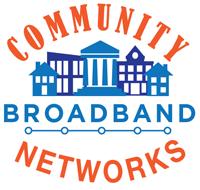For years, the only effective way to go solar was to have tens of thousands of dollars and a sunny roof. Investing in solar was nearly impossible. But a couple years ago, a new notion called crowdfunding got its start, and California-Based Mosaic was on the forefront. Its crowdfunding program allows people to pool their resources, large or small, to build community-based solar installations. It’s not about charity, either. Mosaic’s pioneering crowdfunding effort is letting people across the country earn a modest return on their solar investment and putting clean local power on rooftops everywhere.
We spoke with Mosaic president Billy Parish via Skype in mid-February about the potential for crowdfunding to give most Americans a chance to invest in renewable energy.
Podcast (localenergyrules): Play in new window | Download | Embed
Subscribe: RSS
How is Mosaic Different?
“We’ve gone through through the very difficult process of getting a lender’s license, getting securities approvals from state and federal regulators to offer our investments…people can make a return on their investment…earning 4.5 to 7.5% annually.”
Many other crowdfunding platforms rely on donations – charitable contributions – to finance local or community-based solar energy projects. The return is mostly emotional or intellectual. Mosaic is changing the game, letting people put their money into solar, and getting them a financial return, too.
Can Crowdfunding Work with Community Solar?
“Yes. We’re about to be funding our first community solar project, where people will be getting a credit on their bill for participating…our crowdfunders are financing the project.” It’s “doubly community crowdfunded when you have crowdfunding of a community solar project.”
Crowdfunding Individual Solar
“It’s lowering the cost of capital for people to go solar.”
The state of Connecticut has a Green Bank for financing renewable energy and Mosaic is helping them broaden financing to include crowd finance. The bank provides junior debt and a first loss fund to make financing solar very attractive, and Mosaic (and other investors) provides the senior debt for solar on individual properties. But unlike other investors, Mosaic’s funding comes from the crowd, not big banks.
Limitations?
“We’re just beginning to test the limits of crowdfunding.”
There are examples in other places, a $100 million development in Colombia, and several in Europe that hint how crowd finance could get much bigger. Parish thinks that communities will increasingly use crowdfunding for “all of the essential infrastructure they need to thrive in the 21st Century.”
Who’s Interested?
“We’ve been approached by a number of municipal utilities interested in enabling their residents to directly invest in the clean energy assets they buy electricity from.” Mosaic is also working with investor owned utilities interested in alternatives to traditional financing.
Expansion / the JOBS Act
To offer investments to everyone around the country, it’s necessary to register with the Securities and Exchange Commission and develop a structure that works.
“Nobody has done that yet.”
Instead, Mosaic and others have worked within particular states or with high net worth (accredited) investors. The 2012 JOBS Act promised to make crowdfunding a lot easier for regular folks to participate.
“Part of that bill has been implemented and part of it is still being interpreted. We actually don’t know…how that’s going to turn out…”
What’s Next?
“We want to see millions of people investing in solar projects in their community and around the world.”
Mosaic already has a couple dozen commercial-scale projects and over 3,000 investors, and they want to rapidly expand that opportunity. Part of the expansion will be into the residential/individual market, providing financing for individuals to go solar, but it will also be into new areas. In addition to solar, Mosaic is looking at crowdfunding for electric vehicles, energy efficiency, and wind power.
This is the 16th edition of Local Energy Rules, an ILSR podcast with Senior Researcher John Farrell that shares powerful stories of successful local renewable energy and exposes the policy and practical barriers to its expansion. Other than his immediate family, the audience is primarily researchers, grassroots organizers, and grasstops policy wonks who want vivid examples of how local renewable energy can power local economies.
It is published twice monthly, on 1st and 3rd Thursday. Click to subscribe to the podcast: iTunes or RSS/XML
Sign up for new podcast notifications and weekly email updates from the energy program!





